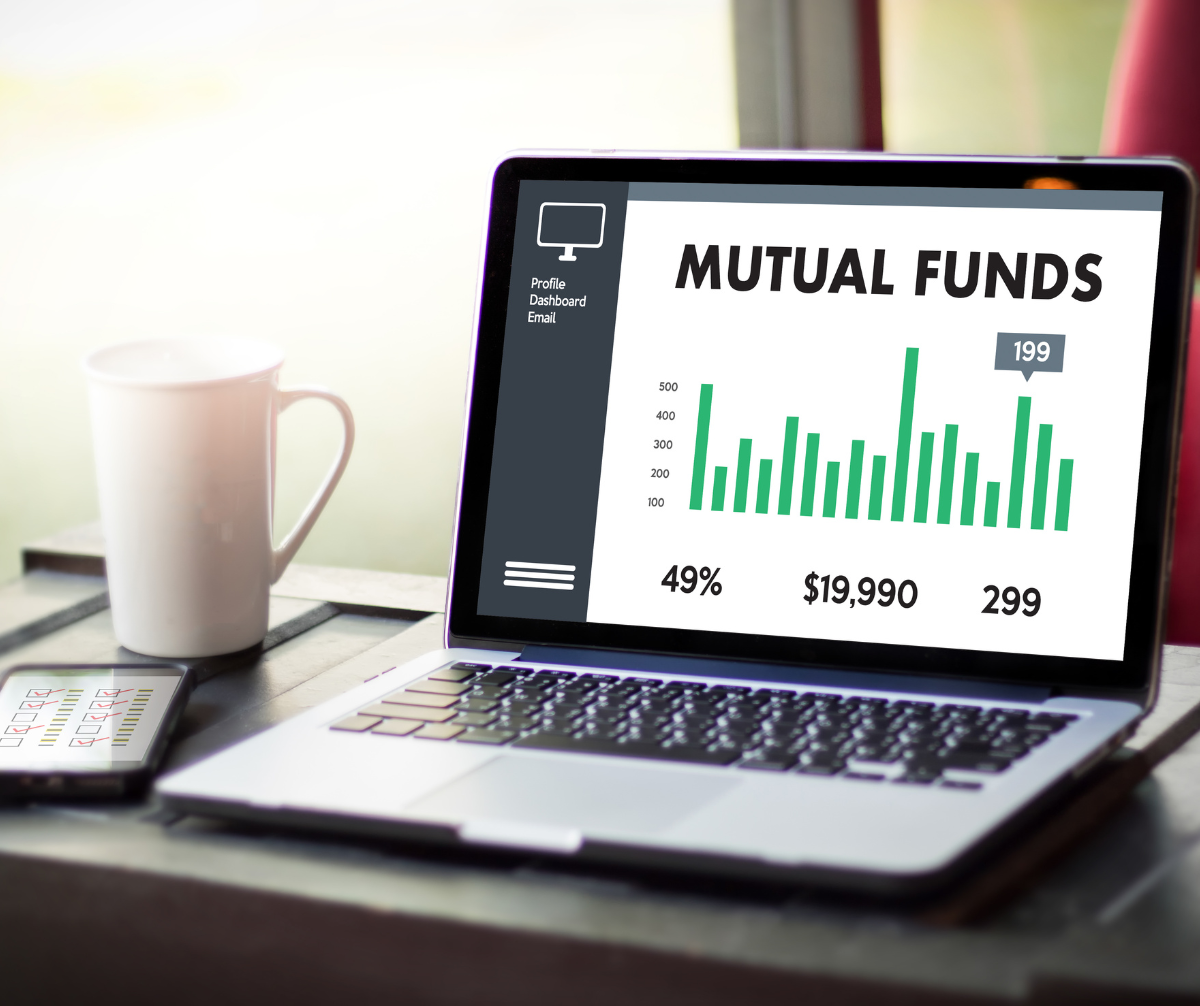
March 21, 2023
Mutual Funds: Still One of the Most Popular Ways To Invest
Mutual funds have been one of the most popular ways to invest in the stock and bond markets, especially as part of employer-sponsored 401(k) plans and self-directed individual retirement accounts. Mutual funds allow you to buy a diversified collection of assets in just one fund, often at a low cost, without the difficulties of purchasing and monitoring dozens of assets yourself. And passive investing lets your investments follow an index, like the S&P 500.
There are literally thousands of available funds. Equity funds are the type of fund most owned. Once you find a mutual fund with a good record, you can let the fund managers — or a benchmark index in the case of index funds — do the heavy lifting.
The main disadvantages? You’ll incur fees no matter how the fund performs, although fees on passively managed funds are much lower than on actively managed funds. Another is lack of control — you have no say over the fund’s purchases.
You can lose money in mutual funds, but diversification means that you spread risk across a number of companies or industries. Mutual funds are priced at the end of each day at the value of their holdings at market close.
Some factors in determining how to invest in mutual funds include the following:
- Once you meet the minimum investment amount, you choose how much money to invest. Fund minimums range from $500 to $3,000, though some are in the $100 range and there are even a few that have a $0 minimum.
- Companies charge an annual fee for fund management — that’s the expense ratio. A fund with a 1% expense ratio costs $10 for every $1,000 you invest. Fees will eat into your returns over time.
- Open-ended funds don’t limit the number of investors or shares; closed-end funds limit shares offered during an initial public offering.
- Whether or not funds carry commissions is expressed by load or no-load. Load funds pay a sales charge to the broker or salesperson who sold the fund. No-loads charge no sales commissions for purchases of fund shares.
- Workplace retirement plans may carry a dozen or so funds. If you want more variety, brokers offer hundreds, even thousands, including no-transaction-fee funds. Target-date funds automatically reallocate your asset mix as you age, with the target being your age of retirement.
Tips on overseeing your funds
How about managing your investment? You could rebalance your portfolio once a year to keep it in line with your diversification plan — selling off some gains and investing more in another category to regain balance.
Mutual funds come in many flavors. Equities include growth funds, income funds and sector funds. Each tries to maintain a portfolio of stocks with certain characteristics. Value funds invest in firms considered undervalued, based on company fundamentals. Balance funds mix stocks, bonds and other securities. Blended funds include a mix of value and growth stocks. And funds of funds invest in groups of mutual funds.
Although mutual funds can be fairly safe, there’s a wide range of risk. For example, a mutual fund that invests in well-established large-cap companies probably is less risky than funds that focus on developing companies or those in just one sector.
No matter the fund, your mutual fund investment can increase in value in multiple ways: dividend payments, which you can receive directly or have reinvested in the fund; capital gains, which are distributed annually but you may see a large tax bill in years with high capital gains payouts; and The total financial worth of the underlying assets is valued after the close of the market. The price per mutual fund share is known as its net asset value. As the value of the fund increases, so does the price to purchase more shares.
Be sure to discuss mutual funds, like all investing vehicles, with a financial adviser so you understand the risks, long-term outlook and tax implications.




